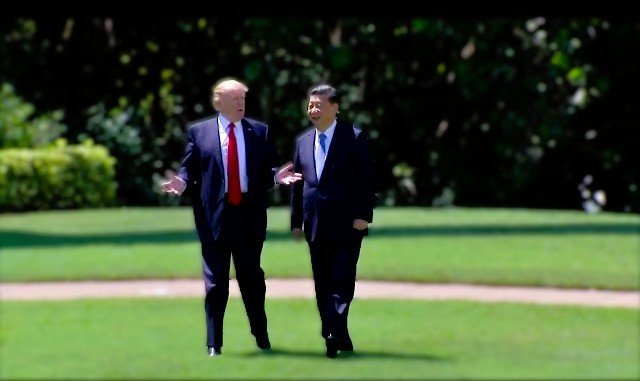China Responds Swiftly to US Tariffs with Coordinated Measures

Beijing, China – In a highly coordinated move, China has announced a series of targeted measures in response to new US tariffs. These include an antitrust investigation into Google, tariffs of 10-15% on American agricultural machinery, as well as oil, coal, and LNG. In addition, several American companies have been added to China’s “unreliable entity” list, and export controls have been imposed on tungsten-related materials, which are crucial for the production of solar panels and semiconductors.
While these actions are not extensive, they highlight China’s determination not to back down in the ongoing trade dispute with the United States. Analysts had speculated that China might refrain from retaliating immediately, but the Chinese government made its move with precision, waiting until exactly 1:01 PM Beijing time, when US tariffs went into effect, before announcing these countermeasures.
This comes after President Trump hinted that he would speak with Chinese officials within 24 hours, warning that if no agreement is reached, the tariffs could be significantly increased. Currently set at 10%, the tariffs could rise depending on how the negotiations unfold.
US-China Trade Talks: What’s Next?
The negotiations between China and the US could unfold in numerous ways, and there are still a variety of options on the table for both sides. One potential path could be a return to the first trade deal struck during President Trump’s first term. This agreement saw China commit to purchasing a certain amount of American products in exchange for market access and other concessions, such as the ability to acquire advanced semiconductors.
One key issue in the dispute has been the production of fentanyl in China, with the US accusing Beijing of supplying the ingredients for the drug. This could be a point of compromise, with the US offering to ease trade tensions in exchange for China’s action on this issue. This is something that both countries have already begun to address, providing a potential off-ramp for the ongoing trade war.
However, some measures, like being placed on China’s “entity list,” are difficult to reverse, and any progress in the talks may take time. As the trade war continues to evolve, all eyes are on the next few days to see if a breakthrough can be reached or if the conflict will escalate further.
